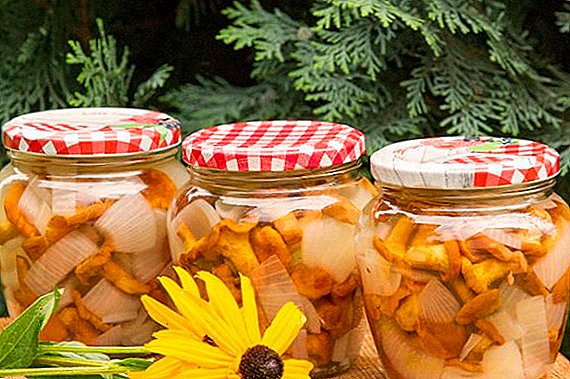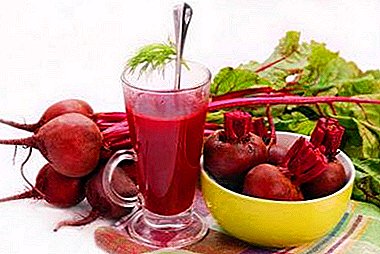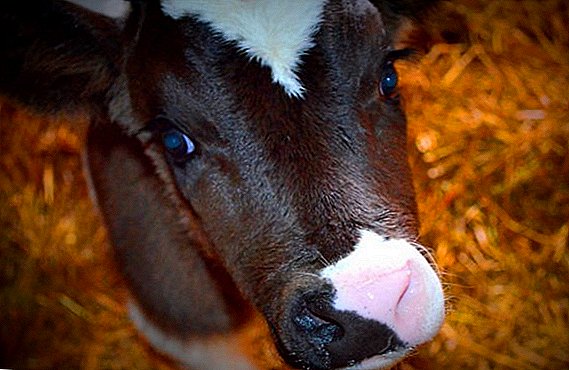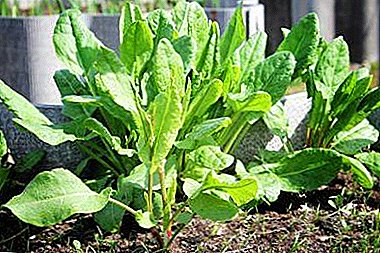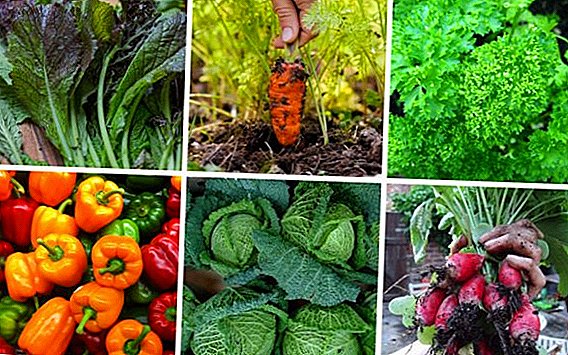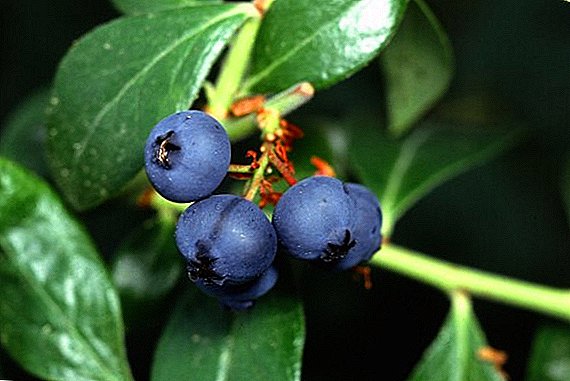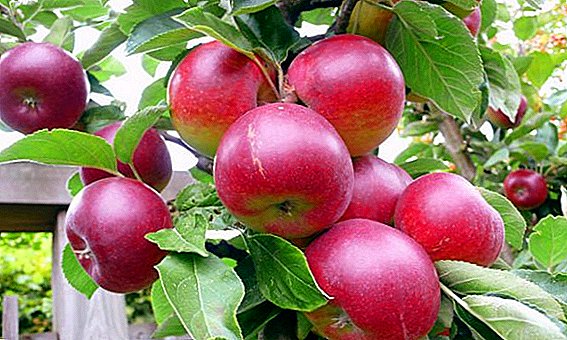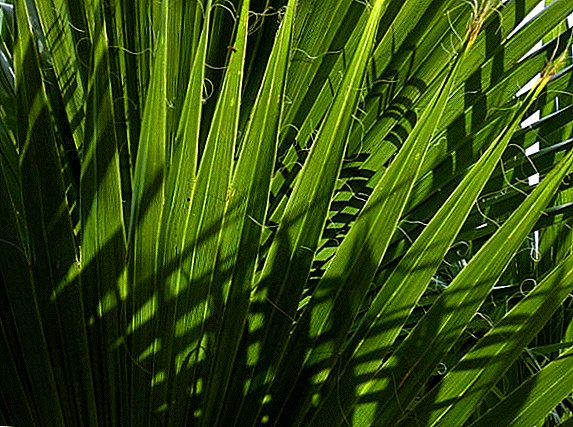 Indoor palm trees perfectly complement the interior of any room. They bring a touch of exotic, lightness, fill the room with freshness and joy. However, unfortunately, these plants often get sick.
Indoor palm trees perfectly complement the interior of any room. They bring a touch of exotic, lightness, fill the room with freshness and joy. However, unfortunately, these plants often get sick.
The article describes the most common diseases and pests of palm trees, as well as ways to combat them. With the observance of the basic rules of care, the timely adoption of measures to combat diseases, you can ensure long-term healthy growth and mesmerizing greens of an exotic beauty.
Infectious diseases of palm trees and how to deal with them
 Infectious diseases cause a lot of damage to the plant, even wilt. Palma loses its charming appearance, pales, weakens and requires the adoption of urgent measures for its salvation.
Infectious diseases cause a lot of damage to the plant, even wilt. Palma loses its charming appearance, pales, weakens and requires the adoption of urgent measures for its salvation.
Infectious diseases can overtake the plant for various reasons:
- improper care;
- use of contaminated soil;
- planting a diseased sprout;
- infection from nearby plants.
Did you know? Fungi can live in the soil of pots and on the walls of containers for about two years. Therefore, with a strong defeat of the plant, the soil must be thrown away. The tank should be treated with a fungicide and steamed or discarded.
Leaf spot
 This type of infectious disease is caused by fungi. Spots appear on the leaves of the plant. They are predominantly round and oval in shape, can be of a different color (yellow, white, brown, green, brown, gray), sometimes framed at the edges with a border.
This type of infectious disease is caused by fungi. Spots appear on the leaves of the plant. They are predominantly round and oval in shape, can be of a different color (yellow, white, brown, green, brown, gray), sometimes framed at the edges with a border.
The size of the spots depends on the degree of damage to the plant by fungi. With high humidity and soil, the fungus multiplies very quickly. If you do not take action in time, the leaves completely fade.
The main causes of the disease include:
- excessive watering;
- high humidity;
- use of contaminated soil or sprout;
- overcooling plants;
- the ground does not pass air well.
- prune damaged leaves;
- spray the plant with fungicides;
- temper watering.
Important! Fungicides are predominantly chemicals, and they have to be sprayed at home or in the office where people and children are. Therefore it is necessary to choose the least toxic options. These include "Fundazol" and "Topaz". When spraying it is recommended to use a gauze bandage, and the procedure itself to carry out at a time when there is no one in the room.
Penicillosis palms
 The disease affects young leaves on the top of the plant. Dark spots are formed on them. With the development of the disease, the size of the spots increases. After a week and a half, white bloom appears on them, which is formed by fungal spores. Leaves take the ugly form.
The disease affects young leaves on the top of the plant. Dark spots are formed on them. With the development of the disease, the size of the spots increases. After a week and a half, white bloom appears on them, which is formed by fungal spores. Leaves take the ugly form.
The fungus starts in the soil, and then moves to the palm tree. The main causes of the disease include:
- excessive watering;
- excessive air humidity;
- placing the plant in direct sunlight;
- use of contaminated soil.
- to moderate the humidity of the soil and air;
- remove the plant from direct sunlight;
- remove damaged leaves;
- process fungicides.
Root rot
 This is one of the most common plant diseases. The causative agent is a fungus. Root rot appears due to excessive watering of the soil.
This is one of the most common plant diseases. The causative agent is a fungus. Root rot appears due to excessive watering of the soil.
The disease develops very quickly. At first, the leaves turn yellow, then darken. Over time, the plants completely fade. Necrotic patches form on the roots.
Did you know? It is possible to cure a palm tree from root rot only at the initial stages of the disease and only by means of transplanting.
The plant must be removed from the pot and cut off all diseased roots. Even slightly rotted areas need to be removed. All damaged leaves and stems must also be pruned. Then the plant is placed in a solution of the fungicide ("Homezin", "Kuprozan").
This treatment will destroy the spores of the fungus, which could settle on healthy roots. Otherwise, there is a risk that after transplantation the plant will continue to wither.
After 15 minutes, the palm tree is removed from the solution, it is recommended to sprinkle the places of the cut roots with charcoal powder or a pounded black coal tablet. Plants are placed in a new pot with new soil.
Within a week after transplantation, the plant should be slightly watered with a solution of fungicide. Until the palm tree takes root in the new place and new young leaves appear, watering should be very moderate.
Stalk rot
 The disease is provoked by a fungus. The causes of the disease are excessive watering, large pressure drops, insufficient fertilizer.
The disease is provoked by a fungus. The causes of the disease are excessive watering, large pressure drops, insufficient fertilizer.
The leaves are covered with dark, wet spots, over which a white bloom forms. The disease develops quickly and leads to the complete death of the plant.
Methods of struggle:
- removal of all infected leaves;
- palm transplanting, as in the case of root rot.
However, in the case when the disease has severely damaged the plant, the palm can no longer be saved. She and the pot and soil should be discarded.
Important! To protect the plant from the resumption of the disease, the palm must be placed in a well-ventilated room and maintained at room temperature, not over-wetting the soil. To check the degree of irrigation of the soil, slightly deepen your finger into the ground. Remember that on the surface the ground may be dry, while a little deeper - wet.
Diseases of palm trees with improper care and ways to deal with them
Palm unpretentious care. However, non-observance of the basic rules of the temperature regime, irrigation and feeding regime lead to plant diseases. Timely adoption of measures to eliminate errors in the care will return the exotic beauty a healthy look and active development.
Most pernicious for palm improper watering. This leads either to excessive soil moistening and plant rotting, or to overdrying of roots, and insufficient nutrition. Subsequently, palm leaves turn pale, become covered with spots, the plant weakens and eventually fades.
Brown spots
 Formed as a result of over-wetted soil or the use of hard water for irrigation. Such consequences can also be caused by lowering the temperature at the location of the plant. The spots have a different shape and size.
Formed as a result of over-wetted soil or the use of hard water for irrigation. Such consequences can also be caused by lowering the temperature at the location of the plant. The spots have a different shape and size.
At first they are small, round, later they grow and become angular.. To overcome the disease, it is necessary to temper watering, use separated water, and maintain room temperature in the room. All damaged leaves need to be trimmed.
Lower leaves turn brown
 Lower leaves turn brown when they grow old. In the life cycle of a plant, its leaves are constantly updated: young ones bloom from above, and the lower ones become obsolete and acquire a brown color.
Lower leaves turn brown when they grow old. In the life cycle of a plant, its leaves are constantly updated: young ones bloom from above, and the lower ones become obsolete and acquire a brown color.
Such leaves must be cut off. The old foliage still takes nutrients from the plant, so it must be removed to relieve the load on the root system and develop new shoots.
The tips of the leaves are turning brown.
 The reasons why palm leaves turn brown are:
The reasons why palm leaves turn brown are:
- dry air;
- insufficient watering;
- low temperature.
- spray leaves with water;
- normalize watering;
- if the temperature in the room is below 18 ° C, transfer the plant to a warmer room or place foam plastic or wood beams under the pot.
Important! In winter, do not allow palm leaves to touch windows. To prevent the plant from freezing, place a piece of wood, foam plastic or a rag of warm fabric on the window sill under the pot.
Round spots with brown halo
 Such a nuisance happens when placing the plant in direct sunlight. Do not expose the palm in the open sun, especially in summer.
Such a nuisance happens when placing the plant in direct sunlight. Do not expose the palm in the open sun, especially in summer.
The plant needs light, but the direct rays of the sun burn the leaves. To remedy the situation, the palm must be moved to another place where it will not be exposed to direct sunlight.
Palm pests and how to control them
Pests feed on the sap of the plant and take all the nutrients themselves. Thus, the palm tree loses its normal nutrition and eventually fades. Taking timely pest control measures will save the plant and return it to normal development.
The emergence of such a disease is accompanied by a violation of the temperature, light conditions, improper care of the palm tree, drafts.
Did you know? There are parasites that move from one type of plant to another and continue to parasitize on it. Therefore, if there is another plant near the palm tree that has been or is currently damaged by pests, the palm tree may also be affected.
Pliers
 This is the most harmful parasite for a palm tree. It looks like a small spider, maybe red, brown, gray. It is placed at the bottom of the leaves. The bottom of the leaves is covered with white bloom, on which mites move.
This is the most harmful parasite for a palm tree. It looks like a small spider, maybe red, brown, gray. It is placed at the bottom of the leaves. The bottom of the leaves is covered with white bloom, on which mites move.
Pests feed on plant sap. Damaged leaves are covered with small yellow spots. To kill ticks The plant must be treated with such preparations as Vertimek, Mevrik, cyclamen decoction. Spraying should be carried out once a week until complete destruction of the pest.
Mealybug
 Leaves, scapes, stalks are amazing. Pests are oval and whitish in color. Climb into the veins, in scapes, the ovary of young leaves, on the roots.
Leaves, scapes, stalks are amazing. Pests are oval and whitish in color. Climb into the veins, in scapes, the ovary of young leaves, on the roots.
They feed on plant sap. Due to the vital activity of pests, the plant slows down in growth, weakens, the leaves lose their healthy luster, turn pale.
To get rid of mealybugs, the plant should be sprayed "Vertimemekom" once a week until the complete destruction of the parasites. If the plant is not severely affected, the infected leaves should be removed.
Thrips
 Pests have a black color, an elongated body shape, a pair of wings. The development of insects contribute to dry air and high temperature. They feed on plant sap. The leaves turn pale, lose their color, covered with brown spots.
Pests have a black color, an elongated body shape, a pair of wings. The development of insects contribute to dry air and high temperature. They feed on plant sap. The leaves turn pale, lose their color, covered with brown spots.
Over time, the leaves completely fade. To the methods of struggle applies spraying "Vertimekom" or "Fitoverm".
Important! Thrips are very tenacious. Room temperature is optimal for their reproduction. For a long time they can dwell on the windowsill, the walls of the pot. Therefore, they also need to be treated with insecticide.
Thus, diseases of palm trees and pests mainly appear due to improper care, unfavorable conditions in the room.
Infectious diseases occur as a result of fungus palms. Fungicides will help to get rid of them; insecticides are used to control pests.
In addition, for the treatment of diseases, it is necessary to correct errors in the care of a plant without delay.


